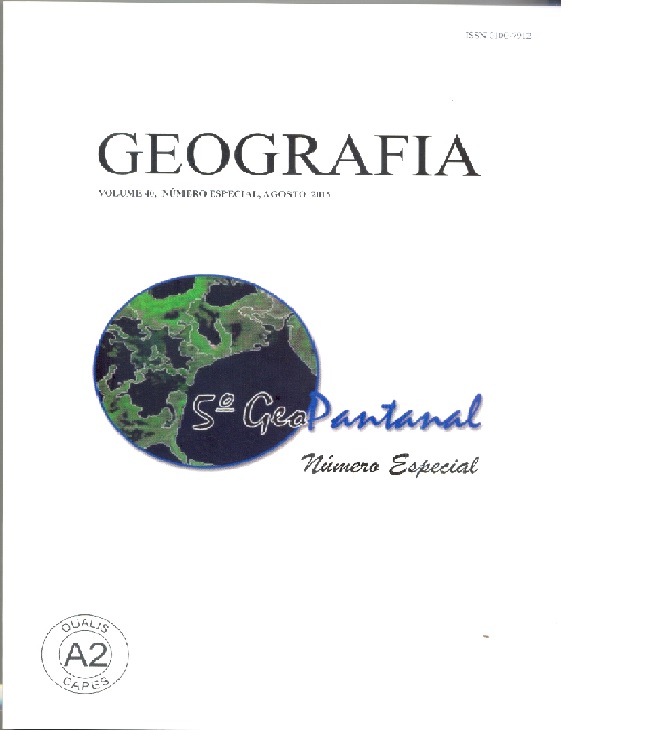SPATIAL AND LIMNOLOGICAL CARACTERIZATION OF THE PARAGUAI RIVER FLOODPLAIN AREA, SOUTHERN PANTANAL, WITH EMPHASIS ON THE 'DECOADA' PHENOMENON
Abstract
The objective of this study is to contribute to improve understanding of the ‘Decoada’ phenomenon, the local term for the seasonal alteration of limnological parameters, including depletion of dissolved oxygen that can cause natural fish kills, in the Pantanal Wetlands (Mato Grosso do Sul State, Brazil). Two water bodies, adjacent to the Paraguay River (Baía Tuiuiú and Bracinho) were studied over a hydrological period (April 2008 to February 2009). The sampling plan was prepared using GIS tools. In each environment a grid of 2 per 12 square cells of 70 meters side was created. It was positioned in its center to guide the sampling during rising and flood phases as well as in the drainage and low-water phases. The bimonthly sampling included ten randomly selected sample points. The measured limnological variables were ordinate, using a PCA for each studied site. A strong influence of the flood pulse was observed on them, with particular changes occurring during the ‘decoada’ phenomenonDownloads
Published
Issue
Section
License
The authors maintain the copyright and grant GEOGRAFIA the right of first publication, with the articles simultaneously licensed under the Creative Commons BY 4.0 License, which allows sharing and adapting the articles for any purpose, as long as appropriate credits and provisions of image rights, privacy or moral rights. Other legal attributions can be accessed at: https://creativecommons.org/licenses/by/4.0/legalcode.en.
Geography, Rio Claro, SP, Brazil - eISSN 1983-8700 is licensed under the Creative Commons BY 4.0 License.





